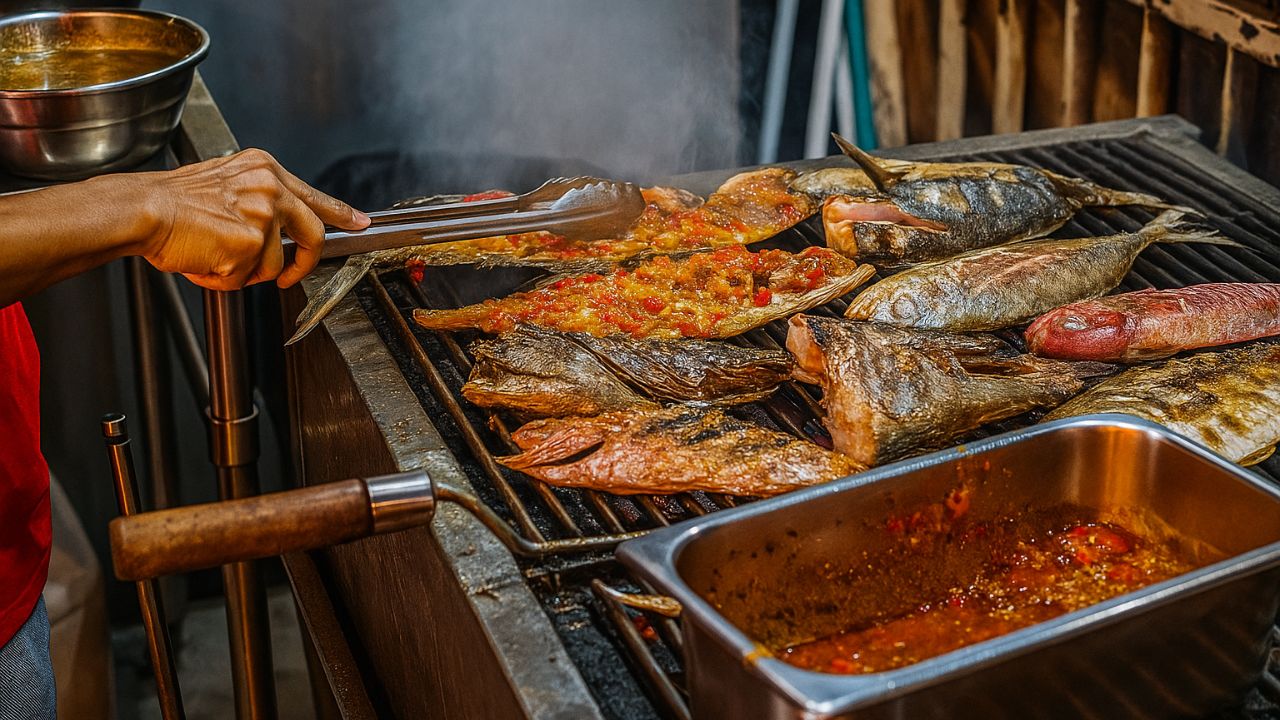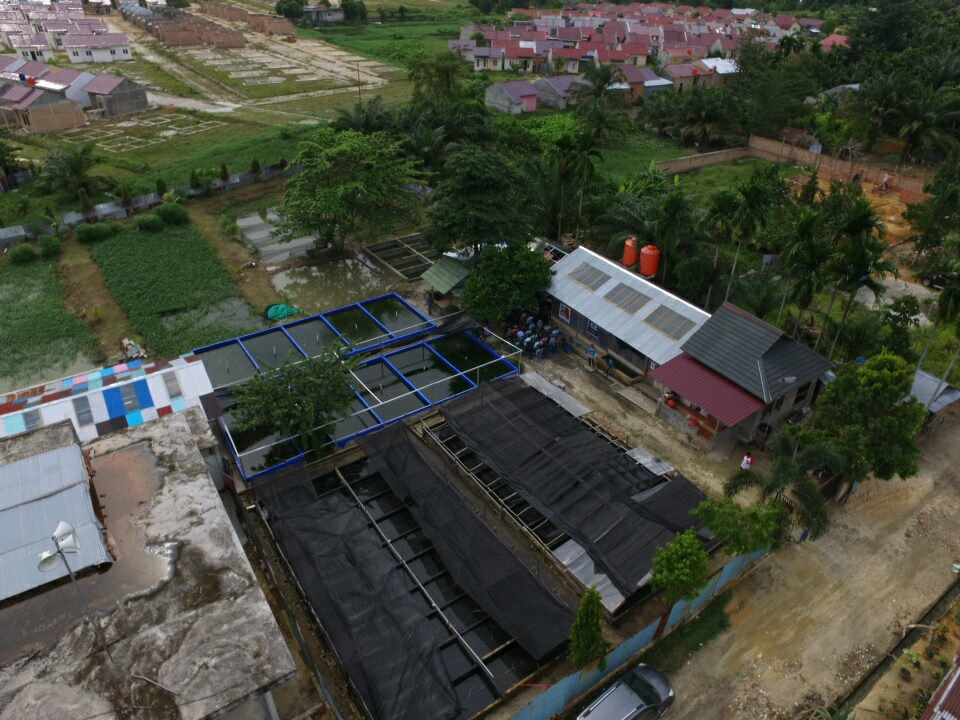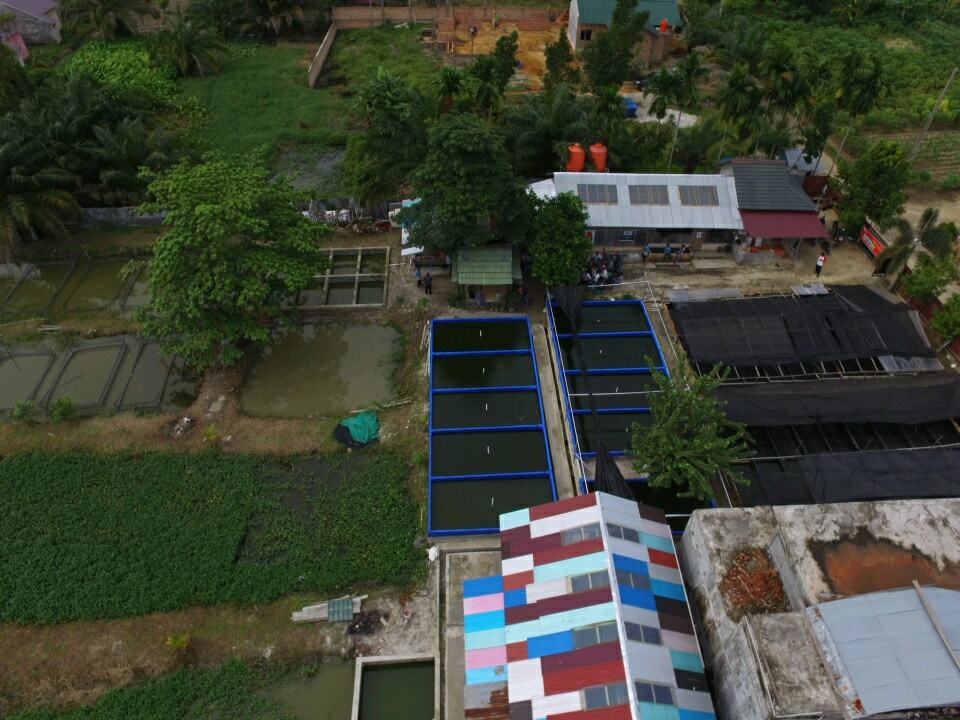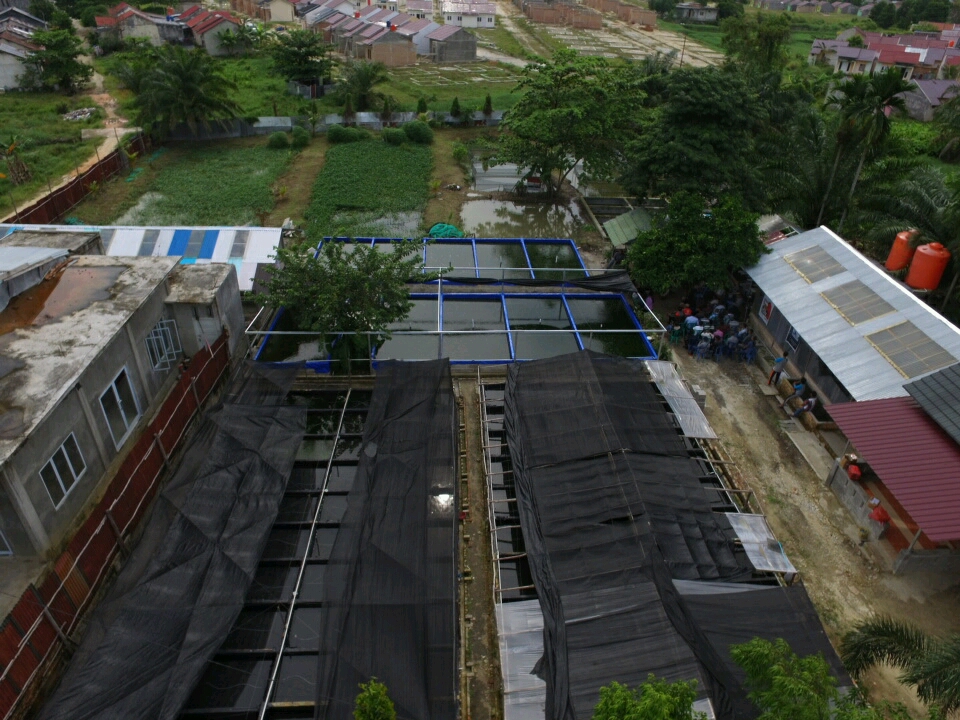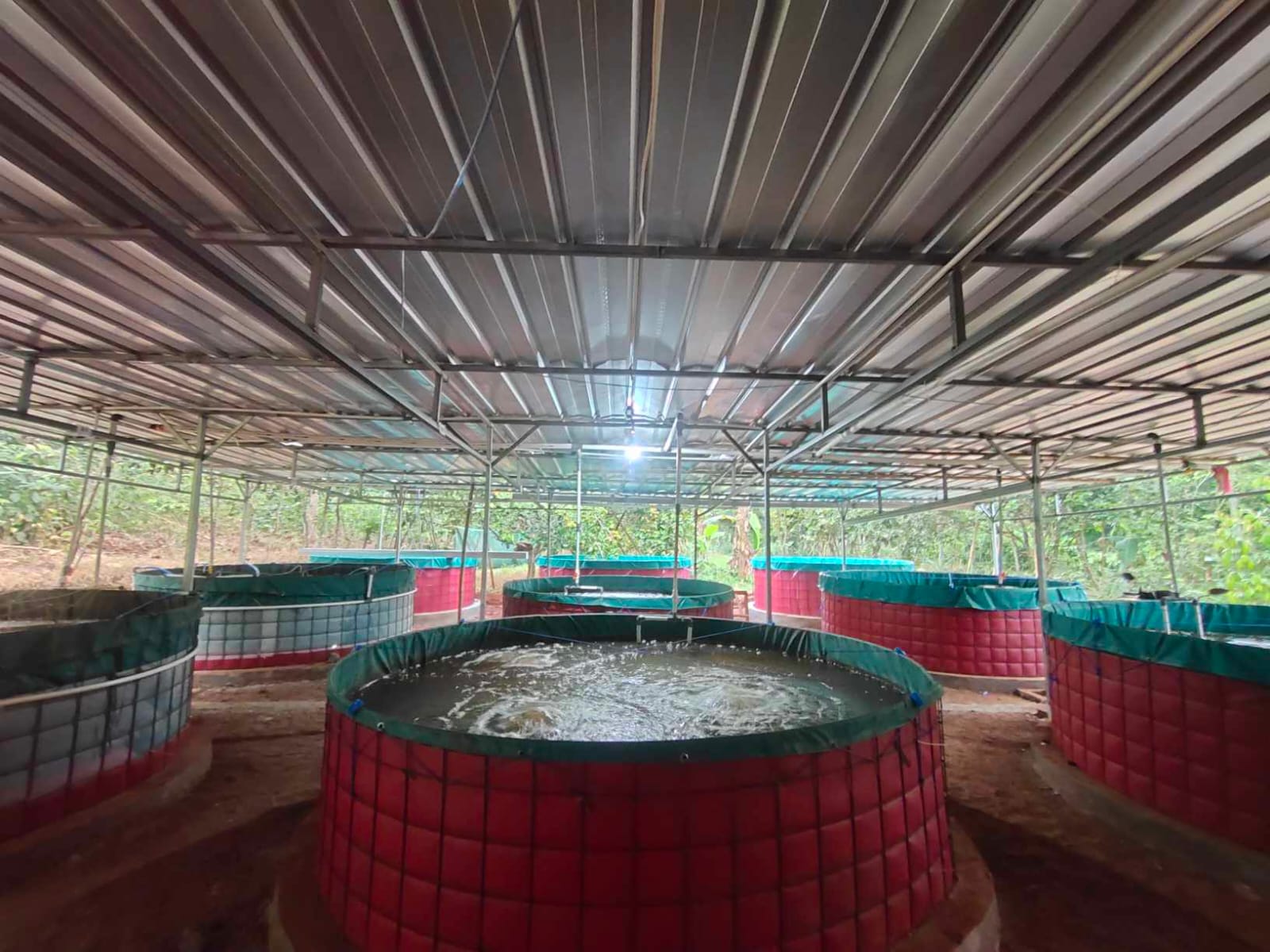Global tourism is in the midst of a profound transformation. Today’s travelers are no longer in search of destinations merely to be seen, but of experiences to be lived. At the heart of this evolution, gastronomy has shifted from a simple travel supplement to a primary driver in choosing a destination.
This trend is not anecdotal; it is a measurable market force. Hilton's 2025 travel trends report identifies dining experiences as the second-highest budget priority for travelers, surpassed only by accommodation. The data is further sharpened by the fact that half of all global tourists now secure restaurant reservations even before booking their flights, and nearly one in five are willing to undertake a journey specifically for a new culinary encounter. This behavior signals a clear pivot from passive tourism to a form of culinary-centric travel planning, where food is no longer just about taste, but about story, culture, and participation.
Within this global landscape, Indonesia, as the world’s largest archipelago with over 17,000 islands, holds a formidable competitive advantage. Its abundant marine resources position fish and seafood-based gastronomy as a central pillar of its national tourism appeal. The potential here extends far beyond serving fresh seafood; it lies in offering what the Ministry of Tourism (Kemenpar) describes as "enjoyable, sustainable, and value-added tourism experiences". This aligns strategically with the Ministry’s vision to foster an Indonesian tourism sector that is "advanced, competitive, sustainable, and prioritizes local wisdom."
Government initiatives, including the "Wonderful Indonesia" branding and the "Indonesia Spice Up The World" culinary diplomacy program, have laid a strong policy foundation. Yet, to truly capture the global imagination, Indonesia must move beyond static culinary offerings. The global appetite has evolved from "culinary tourism"—simply tasting food—to "participatory gastronomy," where travelers are involved in the process of its creation.
Kemenpar introduced typical Indonesian culinary delights to young Australians participating in the Australia-Indonesia Youth Exchange Program (AIYEP) through MASAMO "Cooking with Masters" which is part of the Spice Up the World Program: Wonderful Indonesia
The archipelago's fish gastronomy as cultural identity and unique attraction
The power of Indonesia’s fish gastronomy lies not merely in its quantity, but in the diversity of cultural narratives embedded in every dish. With over 5,300 traditional culinary traditions spread across the nation, each recipe is a cultural inheritance reflecting the history, geography, and philosophy of its local community. The spectrum of spices and cooking techniques from Sabang to Merauke acts as a sensory map, charting distinct ecosystems, historic trade routes, and local wisdom.
This diversity is vividly expressed through a number of iconic dishes with high international appeal. From the Minangkabau tradition in Sumatra comes gulai ikan, or fish gulai. The dish is a masterful blend of Indian cultural influence and rich local spices, resulting in a thick coconut milk broth turned a golden yellow by turmeric. Its complex spice base includes shallots, garlic, ginger, galangal, coriander, and aromatic leaves like turmeric leaf, kaffir lime, and lemongrass.
From North Sulawesi, ikan bumbu rica-rica symbolizes the character of the Minahasa people: assertive, bold, and fond of powerful flavors. The name "rica" itself means chili in the Manado language, and indeed, red chilies and bird's eye chilies are the heart of its seasoning. Combined with shallots, ginger, coconut oil, and the fragrance of lime leaves, lemongrass, and basil, the rica-rica spice paste delivers a searing heat. To enjoy it is to understand how the chili pepper, introduced by Europeans in the 16th century, became acculturated into a signature of Minahasa culinary identity.
In West Java, pepes ikan represents the local wisdom of the Sundanese people. This ancient cooking technique makes intelligent use of nature by wrapping seasoned fish in banana leaves before steaming. Spices such as shallots, turmeric, candlenut, and chili penetrate the flesh completely, while the banana leaf imparts a distinctive aroma that modern technology cannot replicate. Often, the pepes is briefly grilled over embers to introduce a smoky finish.
From Palembang comes pindang ikan, a dish born from the traditions of communities living along the Musi River. With simple seasonings like lemongrass, turmeric, galangal, and tamarind, pindang offers a fresh broth with a complex taste. Its unique feature is the use of pineapple chunks, which contribute a touch of acidity, sweetness, and freshness while also helping to tenderize the fish.
Finally, ikan bakar, or grilled fish, is a universal dish found across the archipelago with global appeal. The process of grilling over hot charcoal yields a signature smoky aroma while preserving the moisture of the flesh. During grilling, the fish is basted with a richly flavored marinade or sambal that varies by region, ensuring a new experience with every tasting. It is a dish so compelling that international food blogger Mark Wiens has called Indonesia's grilled fish one of the best in the world.
The transformation of experience: from passive consumers to active creators through cooking classes
The primary appeal of a travel destination is no longer measured by what can be seen, but by what can be done and felt. In the context of gastronomy, the cooking class serves as a transformative instrument, elevating the tourist’s experience from that of a passive consumer to an active creator. This participatory process forges a connection that is far more profound and personal than simply dining in a restaurant.
A modern travel experience can be understood through four dimensions: entertainment, education, escapism (from routine), and aesthetics. A restaurant meal may fulfill one or two of these. A well-designed cooking class, however, can engage all four simultaneously: the activity is entertaining, it educates on technique and culture, it provides an escape from the conventional tourist role, and it results in the creation of something aesthetically pleasing. Destinations that offer only restaurants will find it difficult to compete with those that provide immersive, authentic cooking experiences.
Successful models, like those widely found in Bali, offer a clear and structured architecture that can serve as a blueprint for development across Indonesia. A tangible and relevant proof of concept is the Aquatourism Program organized by Banglele Indonesia in Bali in May 2025. This collaborative program involved students from Roger Williams University in the United States participating in a field course on the Blue Economy. As part of their curriculum, the students took part in a fish-based cooking class, gaining hands-on practice in preparing signature Indonesian dishes like sweet and sour fish, yellow gulai fish, and rica-rica fish.
The impact of such a class extends well beyond the holiday itself. Tourists who have learned to prepare Indonesian dishes become de facto cultural ambassadors upon returning to their home countries. They will not only seek out Indonesian restaurants but will also be inspired to cook the dishes themselves. This organically creates consumer-level demand for Indonesian spices and export products. In this way, the cooking class functions as a powerful "pull" strategy, indirectly supporting the macroeconomic goals of government programs like "Indonesia Spice Up The World".
Learn to cook with Dr. Hisham Abdelrahman: Banglele Indonesia
Targeting intelligent and knowledgeable travelers
The appeal of Indonesia’s fish gastronomy resonates strongly in the global market, particularly among the growing segment of intelligent, knowledgeable travelers who hunger for authentic experiences. The target market for a fish-based cooking class program is not the mass tourist seeking a passive holiday, but the individual who views travel as a means of self-enrichment and cultural immersion. This profile includes participants in academic programs, such as the students from Roger Williams University; independent travelers from Europe and America; and tourists from East Asia who are already familiar with the diverse culinary landscape of Southeast Asia.
Evidence of global appreciation for Indonesia’s fish cuisine is already widespread and can form a strong marketing foundation. Reviews from prominent food bloggers, vloggers, and international media consistently highlight the uniqueness and deliciousness of the archipelago’s seafood dishes. Mark Wiens, the globally recognized food blogger behind the channel Migrationology, has repeatedly named Indonesian grilled fish as a personal favorite. He praises the elegant simplicity of cooking over hot charcoal, which produces a signature aroma while keeping the fish tender and moist. This, combined with a rich sambal baste, creates a truly authentic and memorable culinary experience.
International recognition also comes from Chef Nathan Huxham in the series The Flying Chef, which documented his journey in Bira, South Sulawesi. In the episode, he collaborated directly with the local community, from picking fresh coconuts to cooking a fish soup with simple, locally sourced ingredients. This story demonstrates that the global audience is interested not just in the final dish, but in the "from ocean to table" process, which is rich with cultural value.
The key to this global appeal lies in Indonesian spices. Spices can be considered a "universal language" in the culinary world, with foundational tastes—the heat of chili, the warmth of ginger, the aroma of lemongrass—that are recognizable across many cultures. The genius of Indonesian cuisine, however, is its ability to arrange this universal language into unique and authentic local "dialects." Travelers from different countries may not be familiar with the name "gulai" or "rica-rica," but they are familiar with their core components. A cooking class, therefore, functions as an effective "translator." In the class, a visitor learns why a specific combination of turmeric, galangal, and turmeric leaf produces the signature flavor profile of a gulai. They come to understand how the fusion of chili, lime leaves, and basil creates the uniquely delicious and fiery sensation of rica-rica. Through this process, the unfamiliar becomes understood, and the authentic taste of Indonesia becomes a personal discovery.




